I have an image of an antique Chinese vase with markings on the bottom, and would love to know
This firing mark offers many clues so as to date the period of manufacture of a vase. In addition, ancient Chinese vases are frequently signed on the back. The signatures vary according to the period and place of manufacture. Nevertheless, it is not uncommon for some pieces not to be signed (sometimes a sign that the piece is very old).
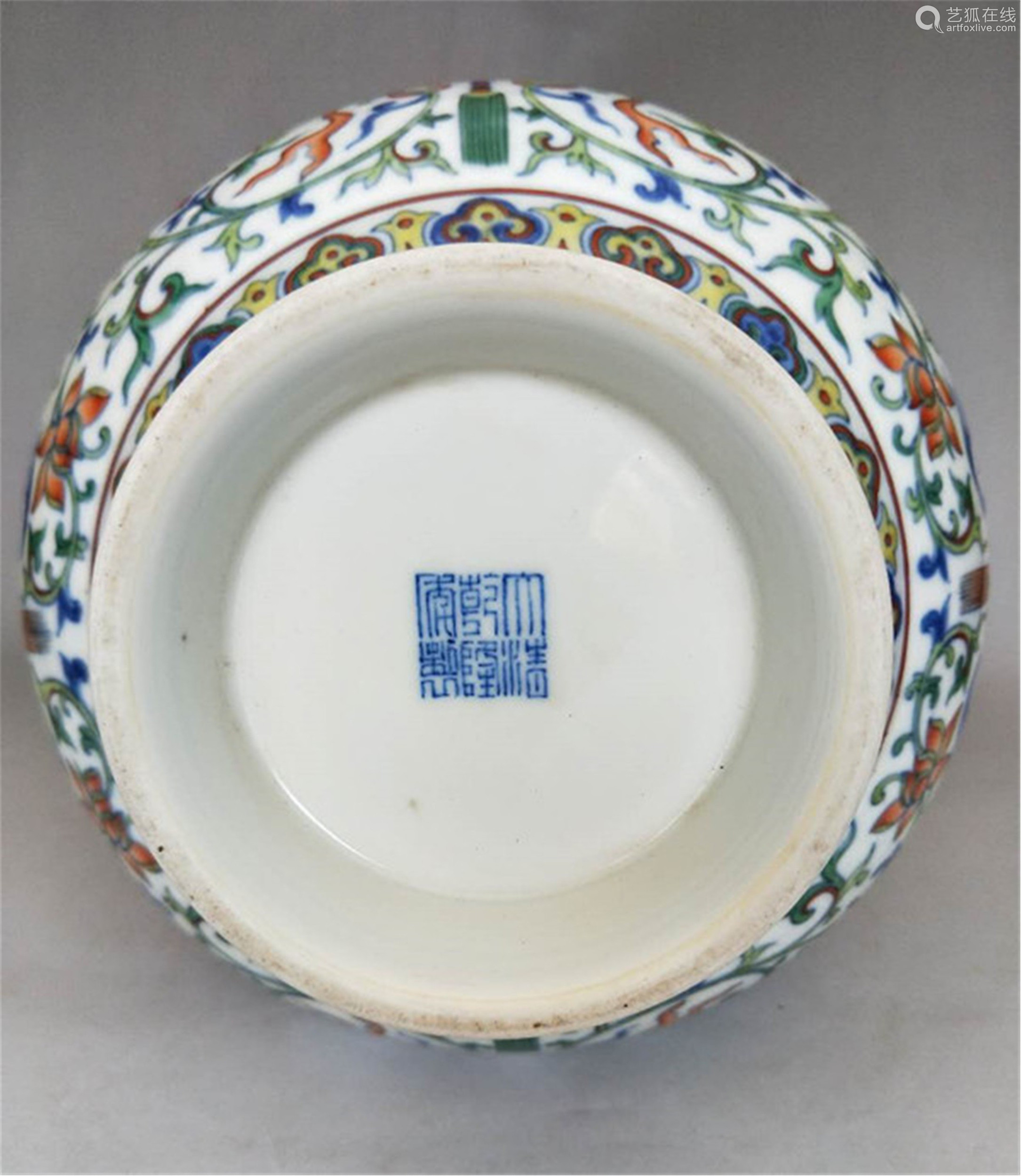
Chinese Wucai Porcelain Vase, Mark-【Deal Price Picture】
The first reign marks began to appear on Chinese porcelain during the Ming Dynasty (1368-1644) and were carried over into the subsequent Qing dynasty (1644-1911), after which point the practice of reign marks began to wane. This means that the presence of a reign mark can be a helpful means to date your antique Chinese pottery.
Chinese Vase with hidden markings only visible with torchlight Antiques Board
The Origin of Reign Marks Reign marks were in common usage at the beginning of the Ming dynasty (1368-1644) and continued throughout the subsequent Qing dynasty (1644-1911). Although reign marks were used into the 20th Century, there was a short period that they were forbidden to be used.

Chinese Ming Blue and White Ceramics
Chinese vase markings on the base relate to a particular era. Step seven is crucial and involves examining the signs of ageing on the vase, such as from kiln firing. We would also expect to see signs of dirt from where the vase had rested for many years, as well as general wear and tear from a bygone era. The last check for how to identify an.

Chinese Reign Marks Marks on China Pottery marks, Chinese pottery, Chinese ceramics
Most porcelain marked 'Made in China' usually dates from the 1970s or later. Chinese Imperial reign titles - nianhao Theoretically, any mark on the base of a piece of Chinese porcelain should indicate the reign title of the Emperor during whose reign the piece was made, assuming it was commissioned by that specific court.
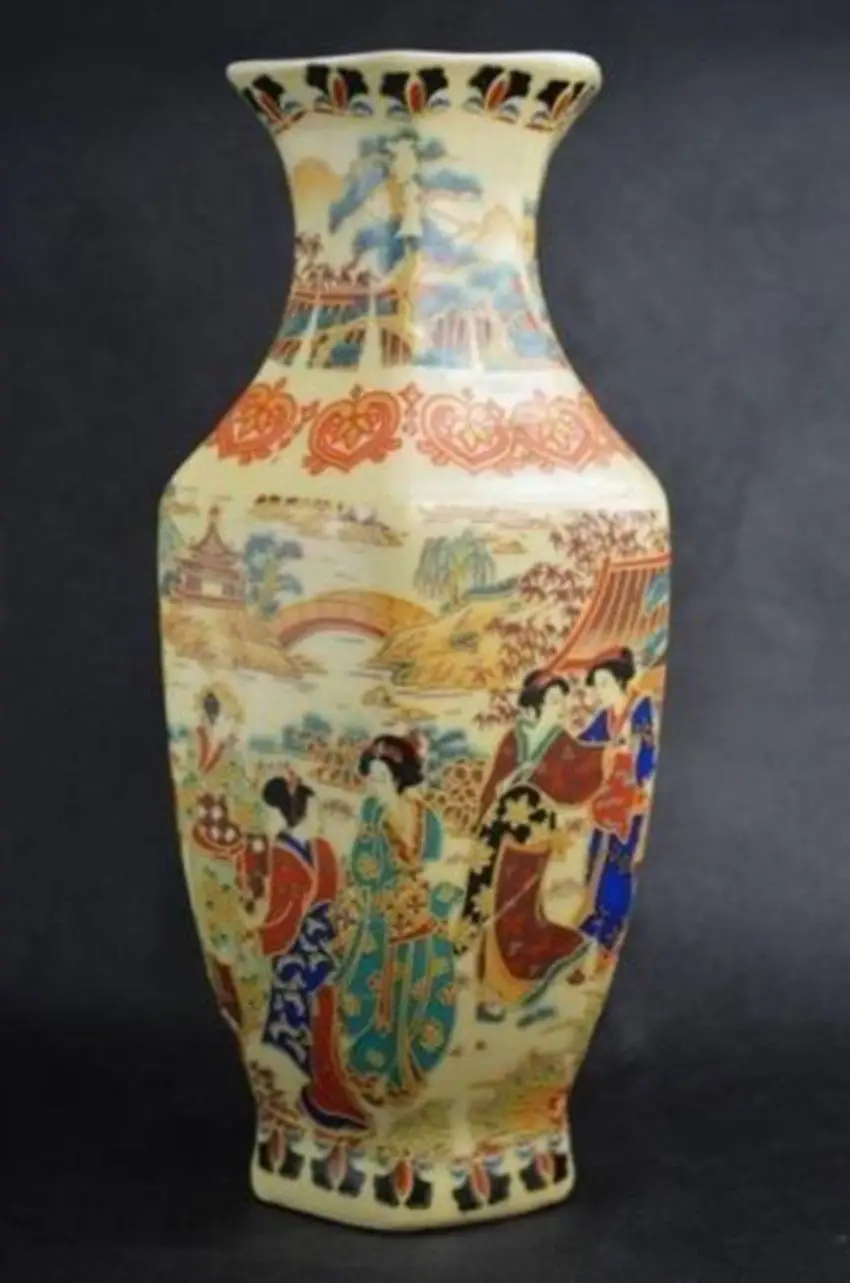
Chinese Famille Rose porcelain Vase HandPainted beautiful woman Qianlong markin Vases from Home
Valuable Chinese pottery marks are sometimes known as reign marks. And no, we don't mean 'Made in China'. These marks are written vertically, right to left, using indigenous Chinese characters. A typical mark has 4 to 6 symbols confirming the emperor and dynasty. Item: Porcelain Statue Year: 1960s or 1970s Value: $2,600
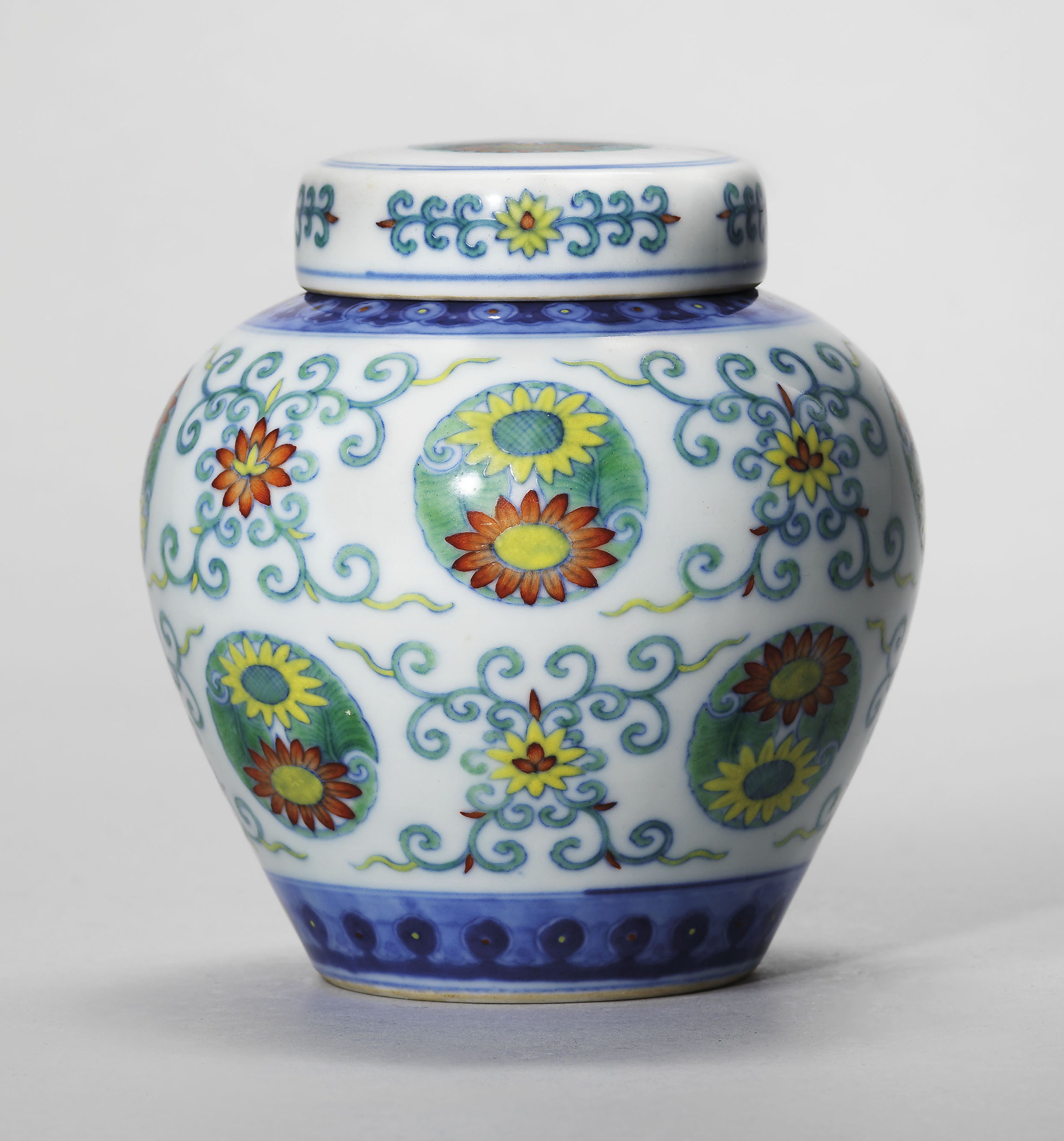
19 Amazing Old Chinese Vase Markings Decorative vase Ideas
Mark reads Nei Fu, can be translated as "Inner Court". On Chinese "Bleu de Hue" porcelain, for the Vietnamese market.

Chinese pottery, Chinese ceramics, Pottery marks
Chinese Pottery encompasses a wide range of molding materials that extend past the popular early clay usage and Porcelain. Keep reading to expand your knowledge. Table of Contents Types of Chinese Pottery Materials Geographical Difference Chinese Pottery Marks The Reign Mark The Hall Mark The Special Symbols Religious and Cultural Symbols
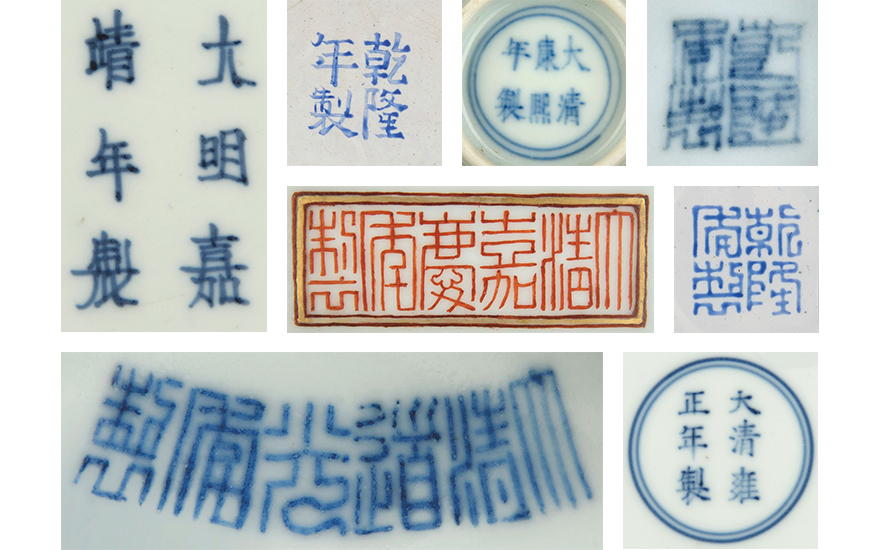
专家指南:中国瓷器年款 Christie's
This selection of marks below contains mainly Chinese porcelain marks of the Ming and Qing dynasties, and a few republic period antique marks. Marks listed below are from antiques that are about 80 years old or older. That means from approximately 1930 or earlier. Marks on vintage and contemporary porcelain items are not included.

A Chinese porcelain vase, mark of Qianlong but Republic period, the globular body painted with a win
The most common marks on porcelain tend to be written in underglaze blue within a double circle. There was a brief time during the Kangxi period in 1667 when the emperor issued an edict forbidding the use of his reign mark on porcelain in case the ceramics were smashed and discarded.

Need Help With This Vase. I Don't Know The Markings. I Would Really Appreci... Artifact Collectors
According to the ancient Chinese tradition of writing and reading, the marks on the bottom of a porcelain vessel are usually read from top to bottom, and from right to left. Marks written horizontally are read from right to left. General Characteristics of Marks on Chinese Porcelain Most of the reign marks comprised four or six characters.
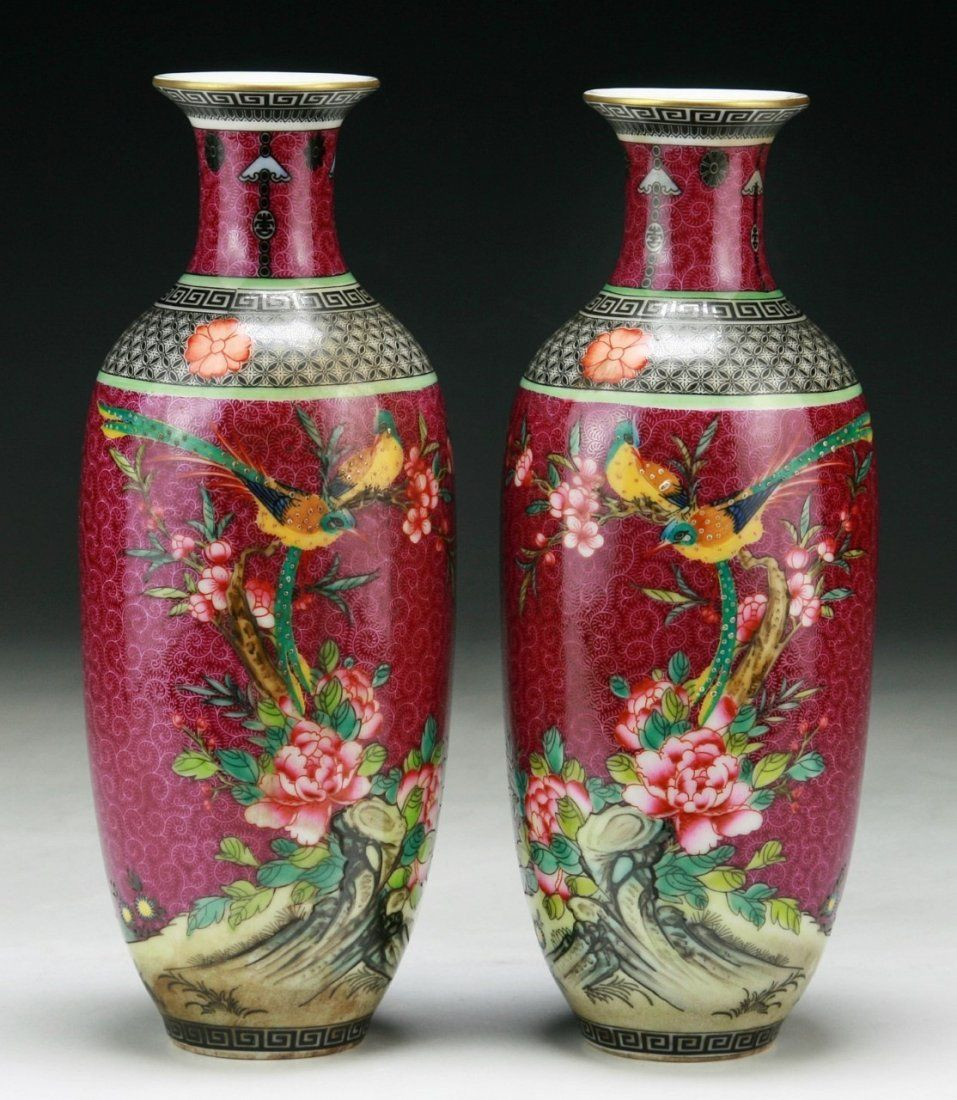
17 Lovable Chinese Cloisonne Vase Marks Decorative vase Ideas
Examples of Chinese vases sold at auction below: A FAMILLE ROSE SGRAFFIATO CONJOINED VASE REPUBLIC PERIOD, EARLY 20TH CENTURY Price realised HKD 350,000 A CHINESE BLUE AND WHITE ROULEAU VASE KANGXI PERIOD (1662-1722) Price realised GBP 27,500

Chinese Porcelain Vase Iron Red Qianlong Mark
www.madrid.es. 马德里 (西班牙語: Madrid , 西班牙語發音: [maˈðɾið] ( ⓘ ) )是 西班牙 首都 及最大 都市 ,也是 马德里自治区 首府,其位置處於西班牙國土中部, 曼薩納雷斯河 貫穿市區。. 市內人口約340萬,都会区人口則約627.1萬(2010年),均佔西班牙.
Chinese vase Antiques Board
Chinese reign and seal marks on porcelain are usually hand-written in underglaze blue or over the surface of the glaze in iron red pigment. They can sometimes also be incised or stamped/carved in relief and glazed over. Later 19th and 20th century marks are sometimes printed using rubber stamp in either red or blue. Need more help?

please help for Identification name this Chinese Pottery Marks porcelaine Chinese porcelain
Qing dynasty (1644-1911), Qianlong mark and period (1736-95) On view at The Met Fifth Avenue in Gallery 220 Known as gu, this type of ritual vessel was used for pouring wine during the Shang dynasty (ca. 1600-1046 B.C.).

Chinese>english markings on Vases translator
Step 1: Shape of the vase The first step to check whether a Chinese vase is genuine is to do a quick over of the shape. The shape of vases changed slightly from one dynasty to the next but these were not big changes and the shapes would largely remain the same from one era to the next.